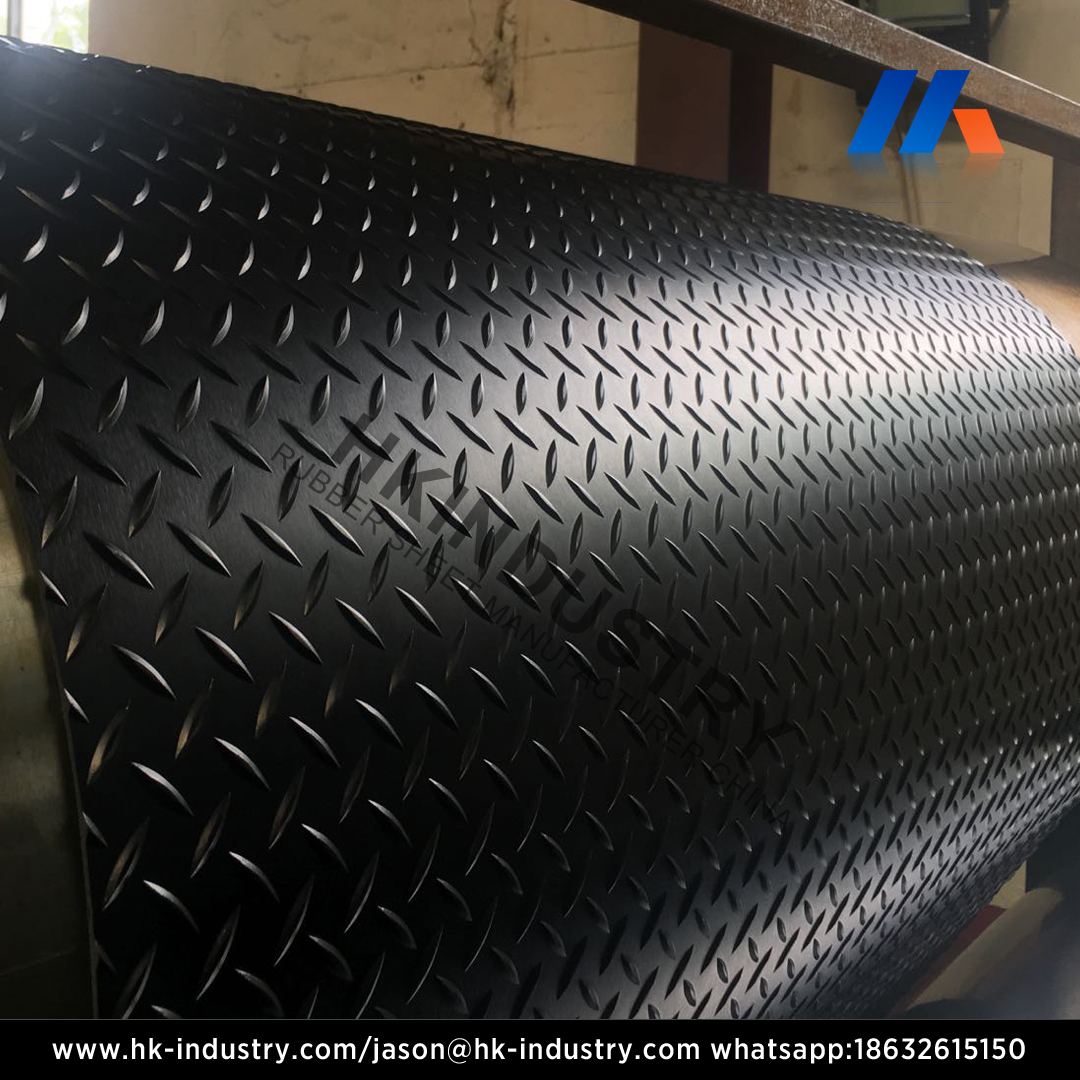Hong Kong’s food industry operates under some of the most rigorous safety standards in Asia. Manufacturers, processors, and distributors must adhere to strict regulations to ensure consumer safety and maintain their operational licenses.
The food-grade rubber sheet is a frequently disregarded element at the center of compliance initiatives. While seemingly minor in the grand scheme of production equipment, these specialized materials play a crucial role in maintaining hygiene and safety throughout food processing operations.
Chemical Resistance Properties for Food Safety
Food processing facilities across Hong Kong utilize a wide range of cleaning chemicals, sanitizing agents, and processing aids. Standard rubber materials can degrade when exposed to these substances, potentially introducing harmful compounds into food products. Food-grade rubber sheets feature specialized formulations that resist chemical breakdown, maintaining their structural integrity even after repeated exposure to cleaning agents.
The chemical stability of food-grade rubber sheets prevents absorption of flavors, odors, and bacterial contaminants. Hong Kong’s humid climate creates additional challenges for food processing facilities, making material selection particularly critical. Quality food-grade rubber sheets resist moisture absorption that could otherwise lead to bacterial growth in standard materials. When facility managers select appropriate rubber components, they create additional safeguards against cross-contamination between production batches.
Temperature Resistance for Versatile Applications
Food processing involves extreme temperature fluctuations, from flash-freezing operations to high-temperature sterilization processes. Standard rubber materials can become brittle in cold environments or release volatile compounds when heated. Food-grade rubber sheets maintain their physical properties across wide temperature ranges, ensuring consistent performance regardless of processing conditions.
Many Hong Kong facilities operate continuous production lines where equipment runs at varying temperatures throughout the day. The thermal stability of food-grade rubber sheets prevents warping, cracking, or dimensional changes that could create food-trapping points or compromise sealing functions. When properly specified, these materials maintain their essential properties from initial processing through packaging stages.
Preventing Microbial Contamination Through Design
Food safety depends largely on preventing microbial growth on equipment surfaces. Food-grade rubber sheets feature non-porous surfaces that deny bacteria the microscopic hiding places found in lower-quality materials. The smooth surface characteristics make thorough cleaning possible, supporting Hong Kong’s stringent sanitation requirements for food facilities.
Leading manufacturers design food-grade rubber sheets with rounded edges and seamless construction to eliminate crevices where food particles might accumulate. Many formulations incorporate antimicrobial additives that actively inhibit bacterial growth between cleaning cycles. For Hong Kong’s food processors operating in a warm, humid climate, these design elements provide essential protection against potential contamination sources.
Regulatory Compliance and Traceability Requirements
Hong Kong’s food safety regulations increasingly emphasize material traceability throughout the supply chain. Quality food-grade rubber sheets come with comprehensive documentation verifying their composition, manufacturing conditions, and testing results. Maintaining these records helps facility operators demonstrate due diligence during regulatory inspections and audits.
Many food exporters from Hong Kong face additional compliance requirements from international markets with their standards for food-contact materials. Food-grade rubber sheets certified to global standards like FDA, EU, or ISO specifications help manufacturers meet export requirements without requiring separate equipment lines for different markets. The documentation accompanying certified materials becomes part of the facility’s broader compliance portfolio.

